
How functional fitness trains body for daily tasks and five exercises to get you started
Our bodies use muscles and joints every day that do not get enough attention in the gym. We talk to people who want to build their strength and stability for common activities, and the instructors who are helping them
When you think of training regimes, you might imagine hoisting barbells or slogging away for hours on a treadmill. But what about training to carry boxes of belongings when you move house, or to play with your children without rolling an ankle?
These are some of the things you might focus on with a functional fitness programme.
Rather than isolating specific muscles, the aim is to help your body through a day that could involve climbing stairs, lifting heavy plates onto high shelves, bending over repeatedly to pick up a ball, or myriad other activities, depending on your lifestyle. The “training” reflects that multiple muscle groups and joints are often in use with these activities.
Dr Christopher See has been training for around six months with Andrew Cox, the director of training at Joint Dynamics in Hong Kong. See says he noticed the difference in his body while repeatedly lifting boxes during a recent move to a new house.
Diet and fitness regimes of a Transformers stuntman: boxing, tae kwon do, weights, and hold the sugar
As a lecturer at the School of Biomedical Sciences at the University of Hong Kong (HKU), See says he encourages students to look at exercise as medicine, and wants to practise what he preaches.
He thinks that his body had become out of proportion through years of bad training habits. A knee injury around a year ago, and plans to start a family, prompted him to reconsider his approach.
“I want to be able to do things like lifting babies and going for midnight snack runs, and be able to do it all with energy,” he says.
Before his knee injury, See played badminton and basketball. “The injury has fully healed and I’m now back to playing sport … I have a better sense of body position, which I’m conscious of since the last injury. In terms of sports, I’m probably a bit more confident in small movements, like jumping.”

See says that despite having a reasonable amount of knowledge of the human body, it is still good to train with an expert. His training involves using a Vipr – a thick, metre-long tube-shaped piece of equipment that can be used in a variety of ways – as part of lifting movements that work multiple joints, as well as doing box squats and lizard crawls.
“I also live near the Wan Chai Market, which is very busy, so dodging people is like exercise in real-life,” See says, adding, “I don’t look like a cover model, but I think that’s the point – this training allows me to do the things that are important to me.”
By focusing on improving overall strength and stability, this kind of individualised training aims to help avoid injury and get the body following correct movement patterns.
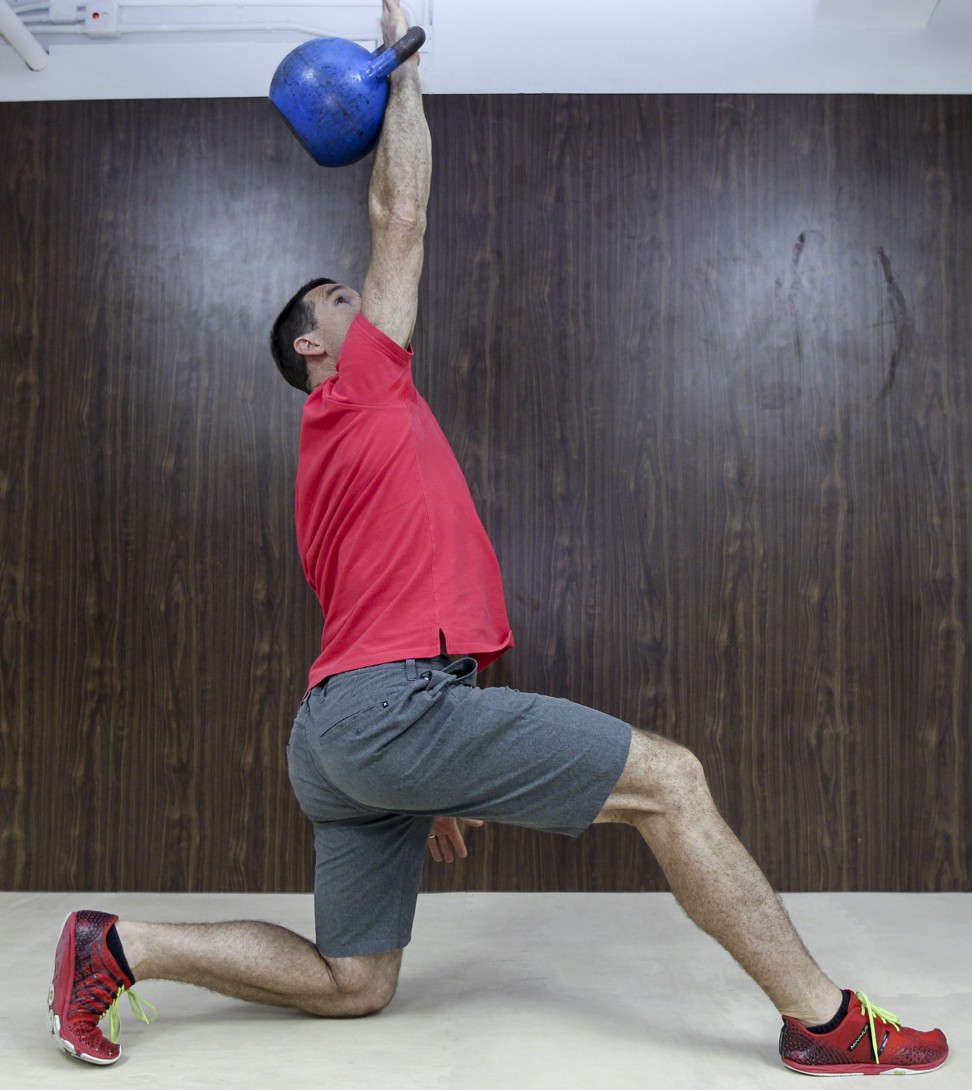
Beth Sheehan, practice innovations adviser at Exercise and Sports Science Australia, says functional training is specific to the individual and the activity they would like to achieve.
“For example, a woman of 65kg wanting to play lawn bowls may have a very different functional training programme than a 25-year-old requiring functional training for a physically demanding job such as construction work,” she says.
Training might mean preparing someone for a specific fitness goal, or the full spectrum of daily living activities.
“For example, a child with cerebral palsy would need to have specific exercises or activities modified to assist with potential gait issues that would also accommodate potential spasms and balance deficiencies,” Sheehan says. “These would assist with improving general activities like walking, bathing or school tasks.”
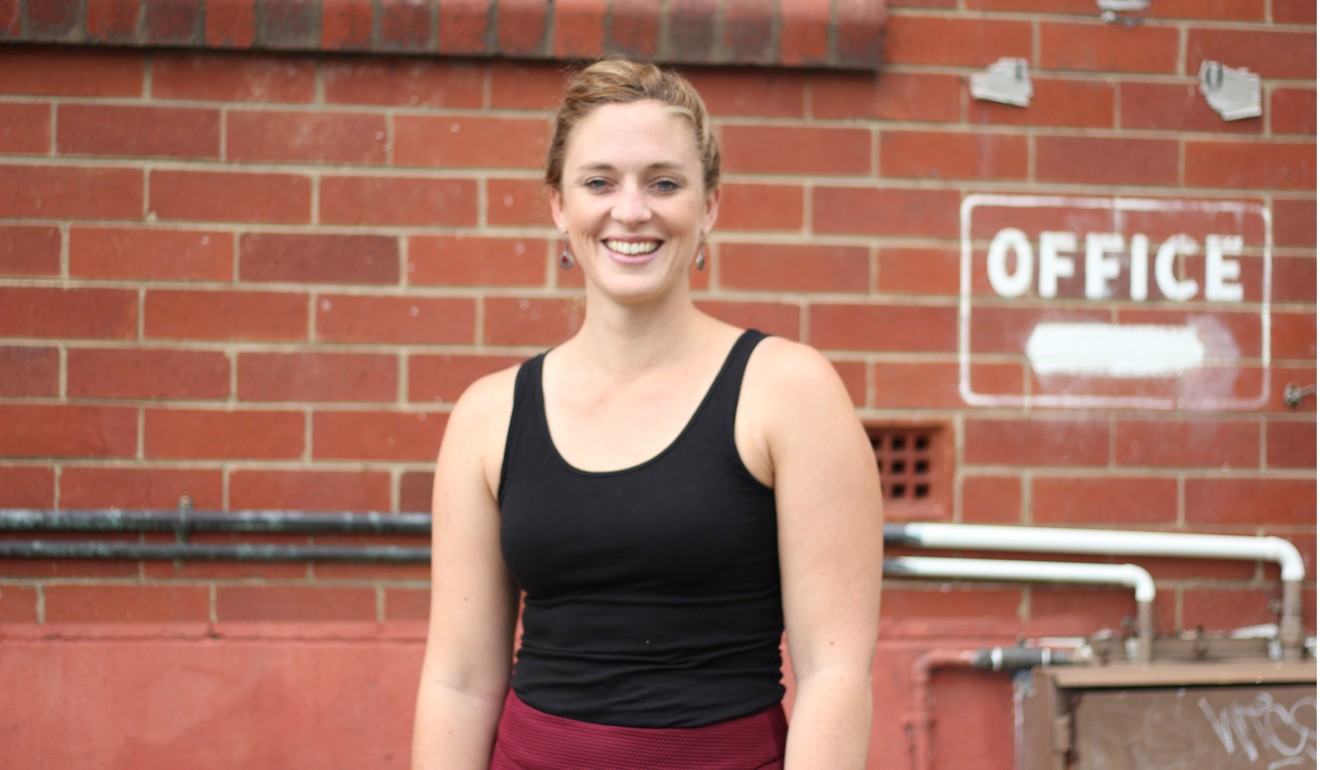
Sarah Boesenberg has been taking part in functional training with Cox for the past 12 years. Her last pre-baby training session was a week before she gave birth – and she was back at training only six weeks after having her daughter.
She says she enjoys the training as it is about building strength in ways your body needs, rather than thinking, “It’s arm day, so I’ll do bicep curls.”
“We did a lot to prepare my body for not only the actual birthing process, but for the recovery,” she says. “You know how your abs can separate when you’re pregnant – well they went back almost immediately, because we’d done lots of things to strengthen that band of muscles.
A lot of the stuff for changing direction, preparing your joints so that you’re not turning ankles, that kind of training helped a lot
Functional training has helped Boesenberg with everything from kettlebell competitions and games of Gaelic football to keeping up with her now 18-month-old daughter.
“Andrew tries to figure out what movement I’m going to be doing in the game or in my activities, and mimics that movement to prepare my body for it,” she says.
“We started doing some stuff to prepare my body for things like quick changes of direction on the pitch and explosive starts, because Gaelic football by nature is quite stop and start … you’re standing static and moving quite explosively, so the potential for injury is quite high, but I’ve never had an injury in Gaelic football. So a lot of the stuff for changing direction, preparing your joints so that you’re not turning ankles, that kind of training helped a lot.”
Why pregnant Hongkongers should exercise, and which workouts are recommended
Some of her training has involved using a Bosu ball (an inflated hemisphere on a hard board) for both balance workouts and doing ice-skater-like jumping side lunges to improve strength and stability. She also does exercises to strengthen her core, and moves to loosen the shoulder and hip tension that builds while sitting working on her laptop as part of her job as a teacher.
“I always find that the days that I’ve had training sessions are the nights that I sleep the best, so I find it very refreshing. I just get rid of all the tension from my body and then I can get a good night’s sleep and I feel like a new person the next day,” she says.
“When you’re ratty and tired, it’s more challenging to have a young child – especially with an 18-month-old. But if I’m relaxed and happy and well rested, then I can spend time with her in a more positive mindset, and it makes our relationship a lot better.”
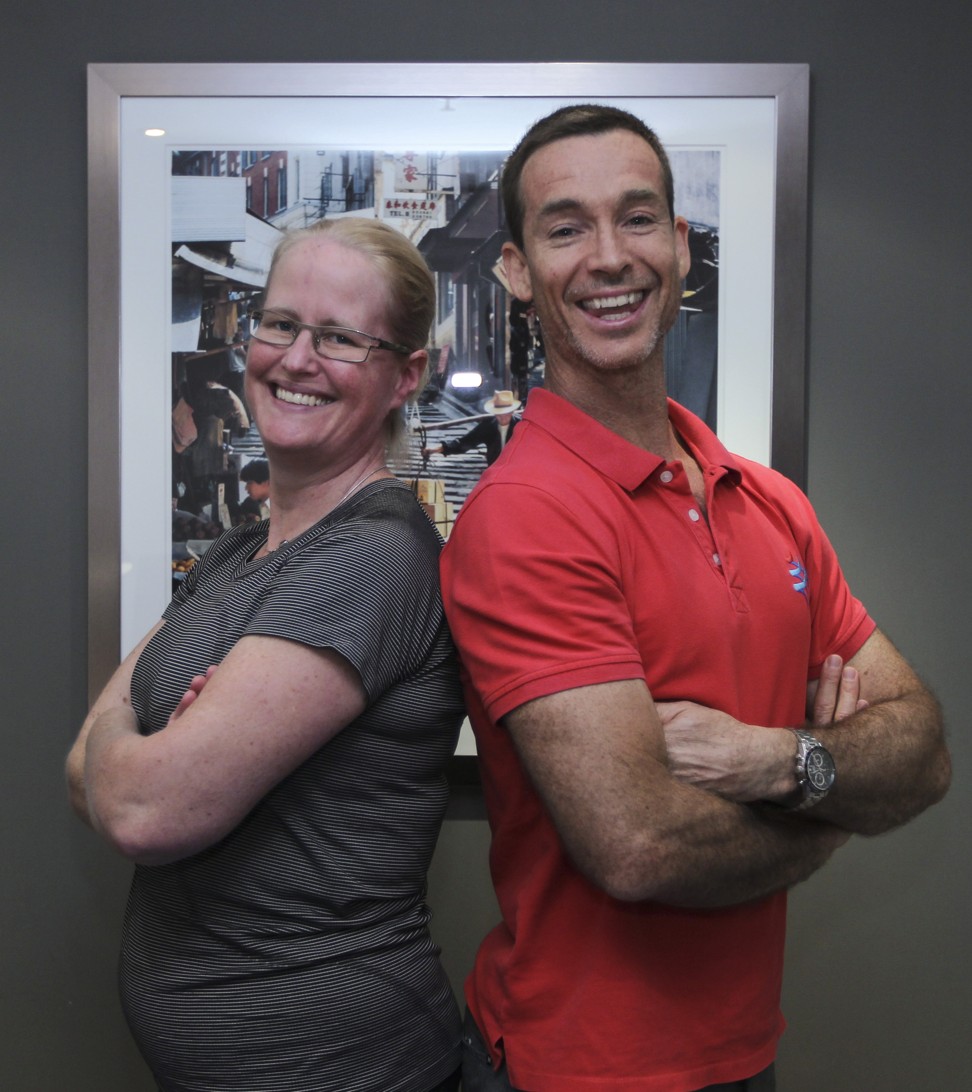
To get started with functional training, Sheehan recommends having a good understanding of your intended task, and making sure you understand what a “normal” movement should look like.
“Functional movement screening can be adapted to suit the task, but also incorporates a range of activities to highlight strengths and weaknesses in range of movement, flexibility and strength-based tasks.”
Five functional fitness moves you can use
Cox suggests these exercises to improve everyday movement.

Lunges
These can be completed using only your body weight or with dumbbells or a Vipr.
Crawl patterns
This exercise is based on human developmental sequences. It has applications in rehabilitation and core training, and has neural benefits since more complex movements engage both sides of the brain.
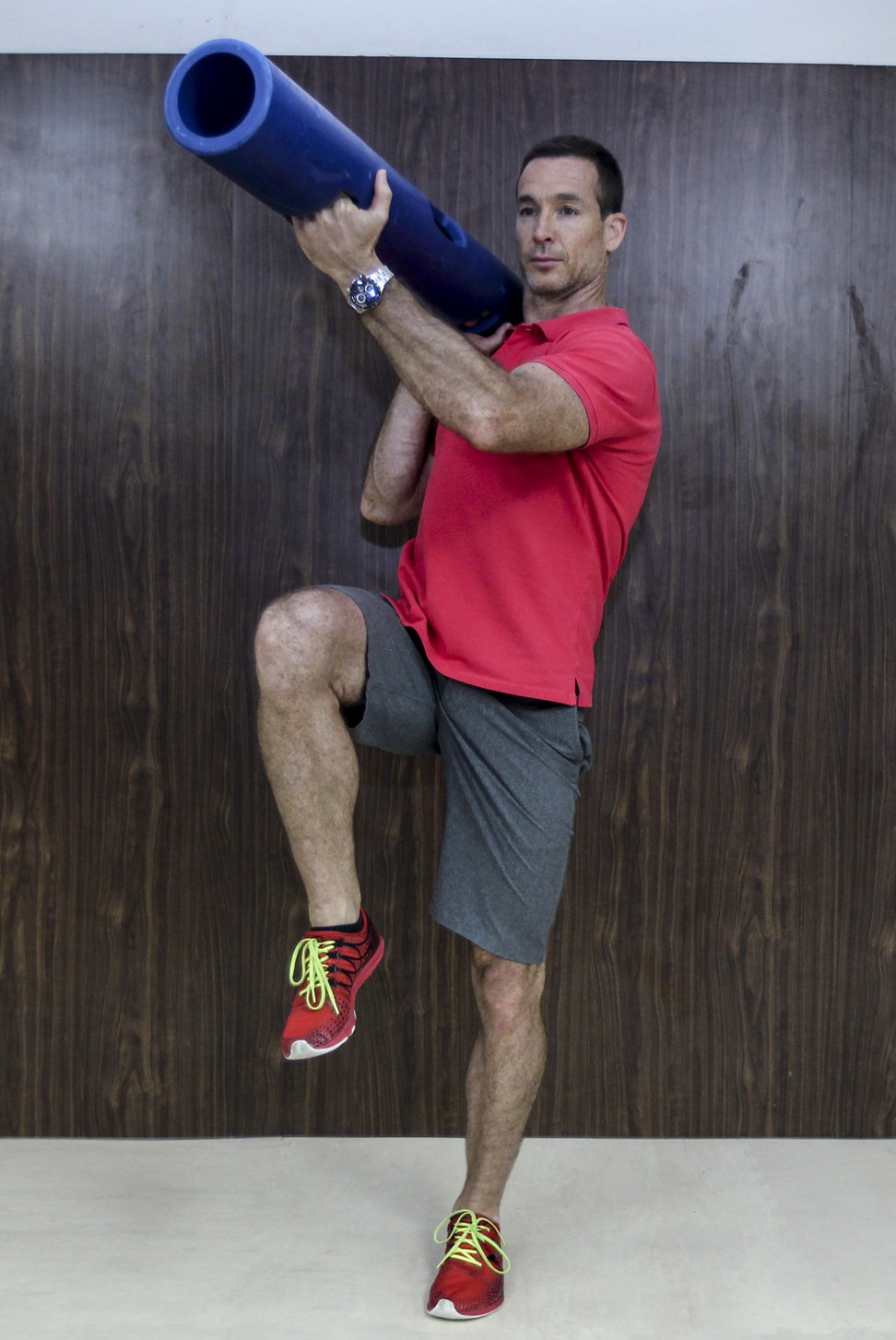
Single-leg exercises
These help to develop balance and are a great exercise to assist with asymmetries. They are also very functional because walking, jogging and running involve literally falling and coming to balance on one leg before transitioning to repeat on the other leg.
Cox says that if these skills are not practised and optimised then our ability to perform such actions gradually decline, leading to a higher likelihood of injury and decreases in performance.

Turkish get-up
This is an old-school strength exercise that has applications and benefits for everyone. It can be broken down into four separate movements that can be trained separately and then integrated into one sequence. It is great to do with a dumbbell or kettlebell.
How exercising in a group boosts your quality of life and results from your workouts
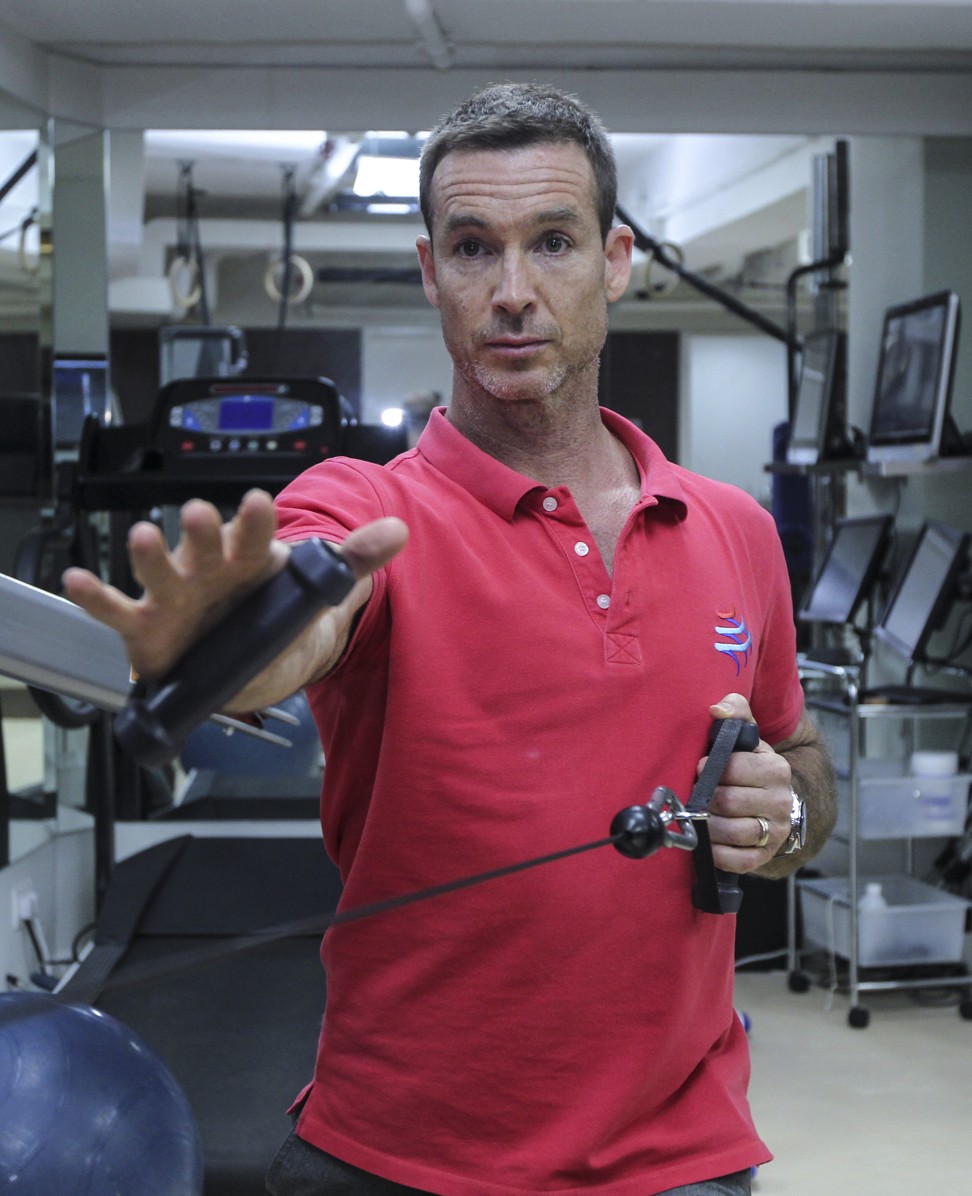
Rotational pushing and pulling movements
These can be performed with cables and/or resistance bands, or a suspension training system such as TRX. The most powerful way for us to move is through rotation, Cox says, yet in the gym these movements are often the most neglected.
